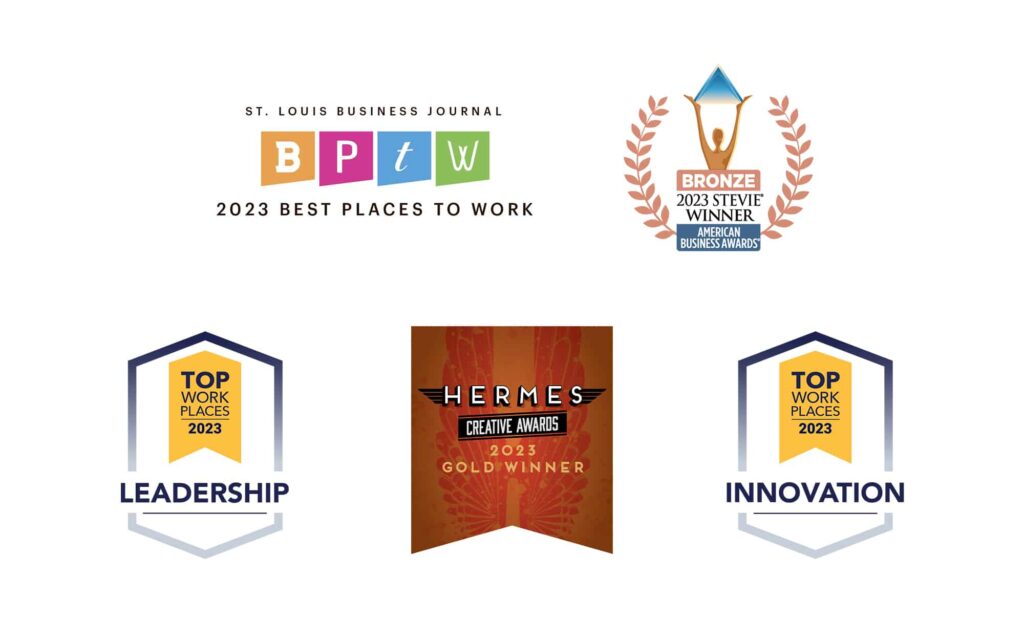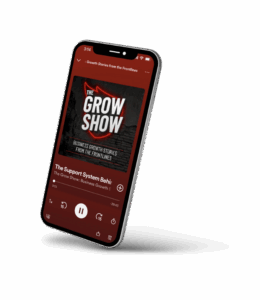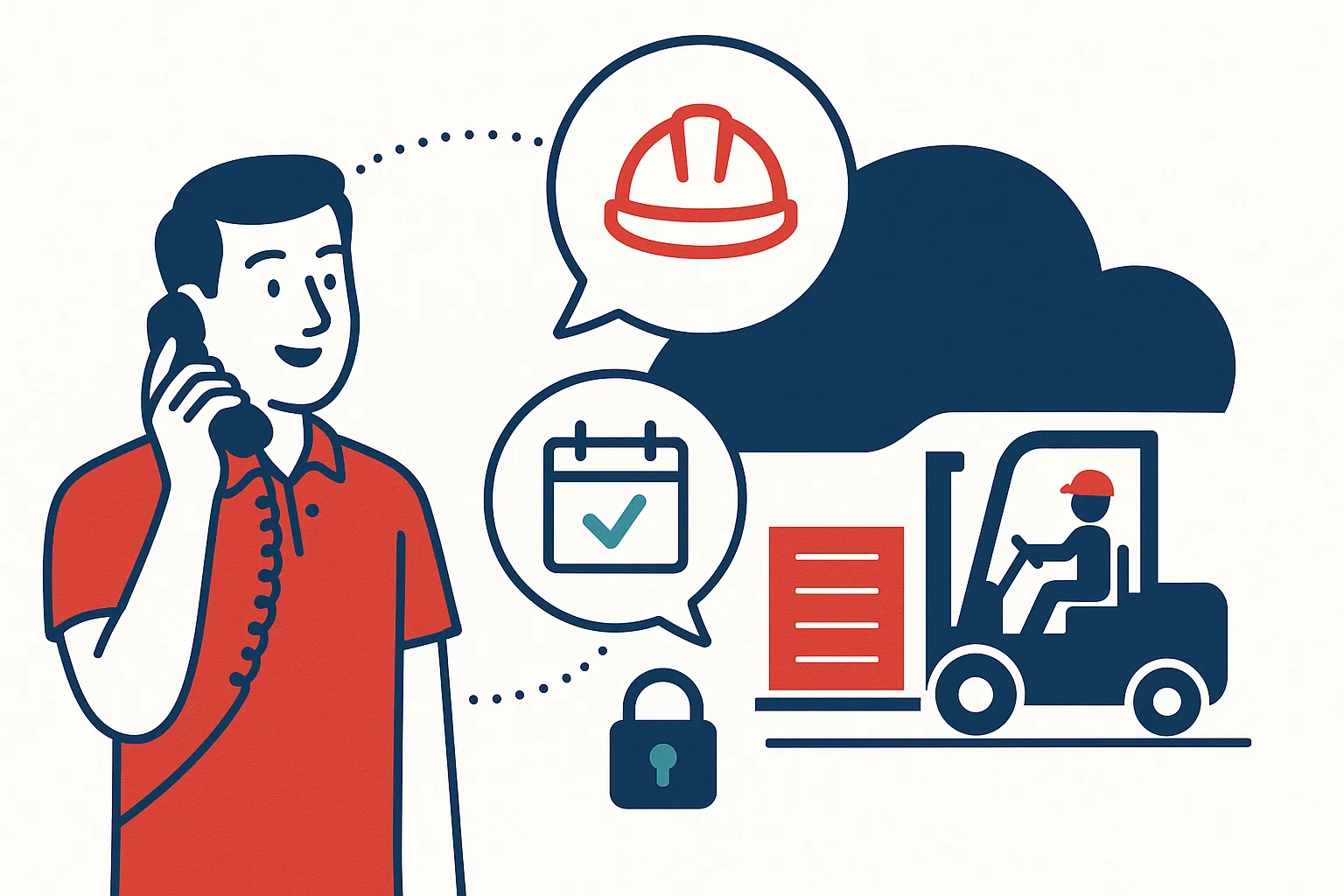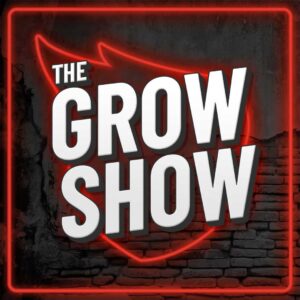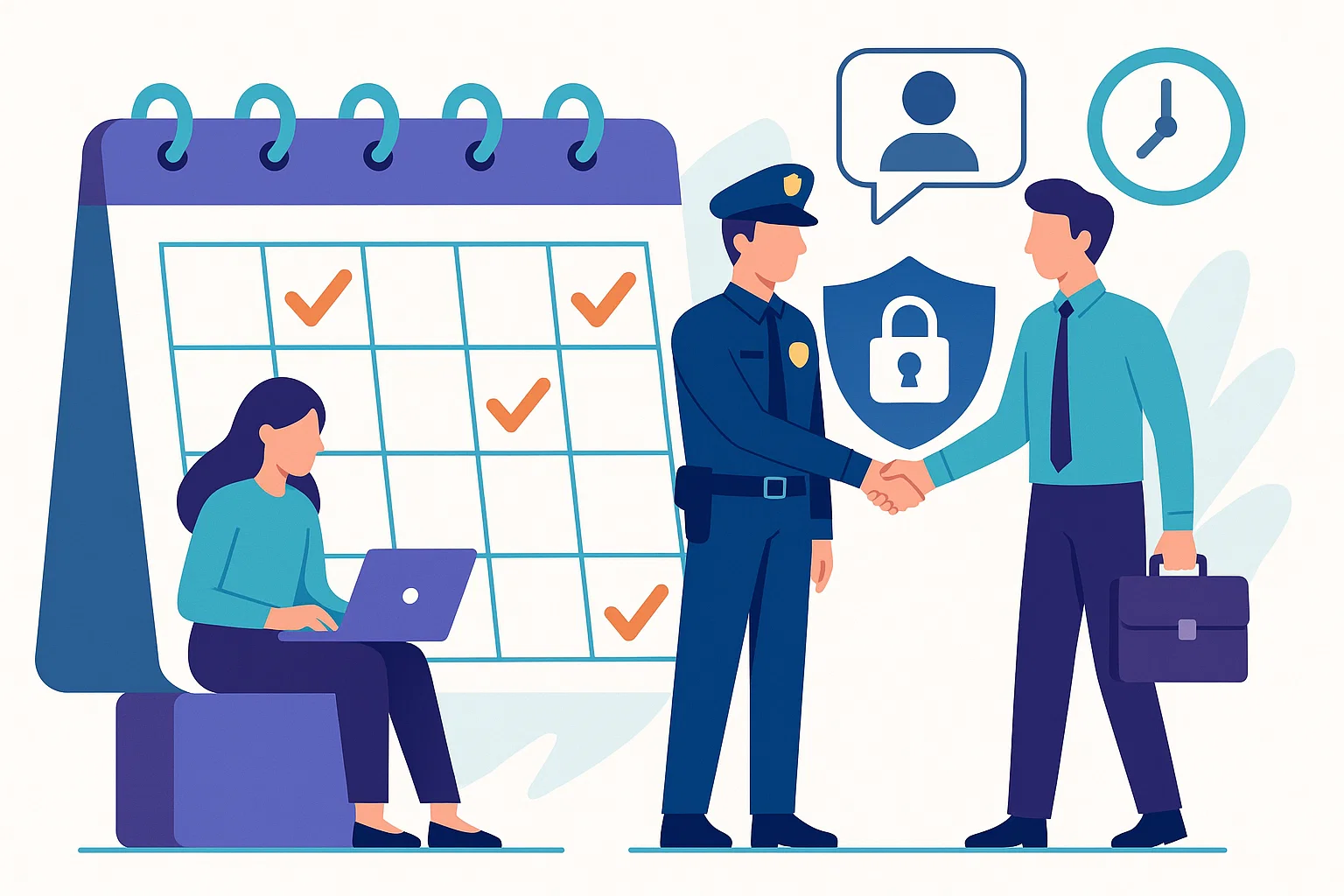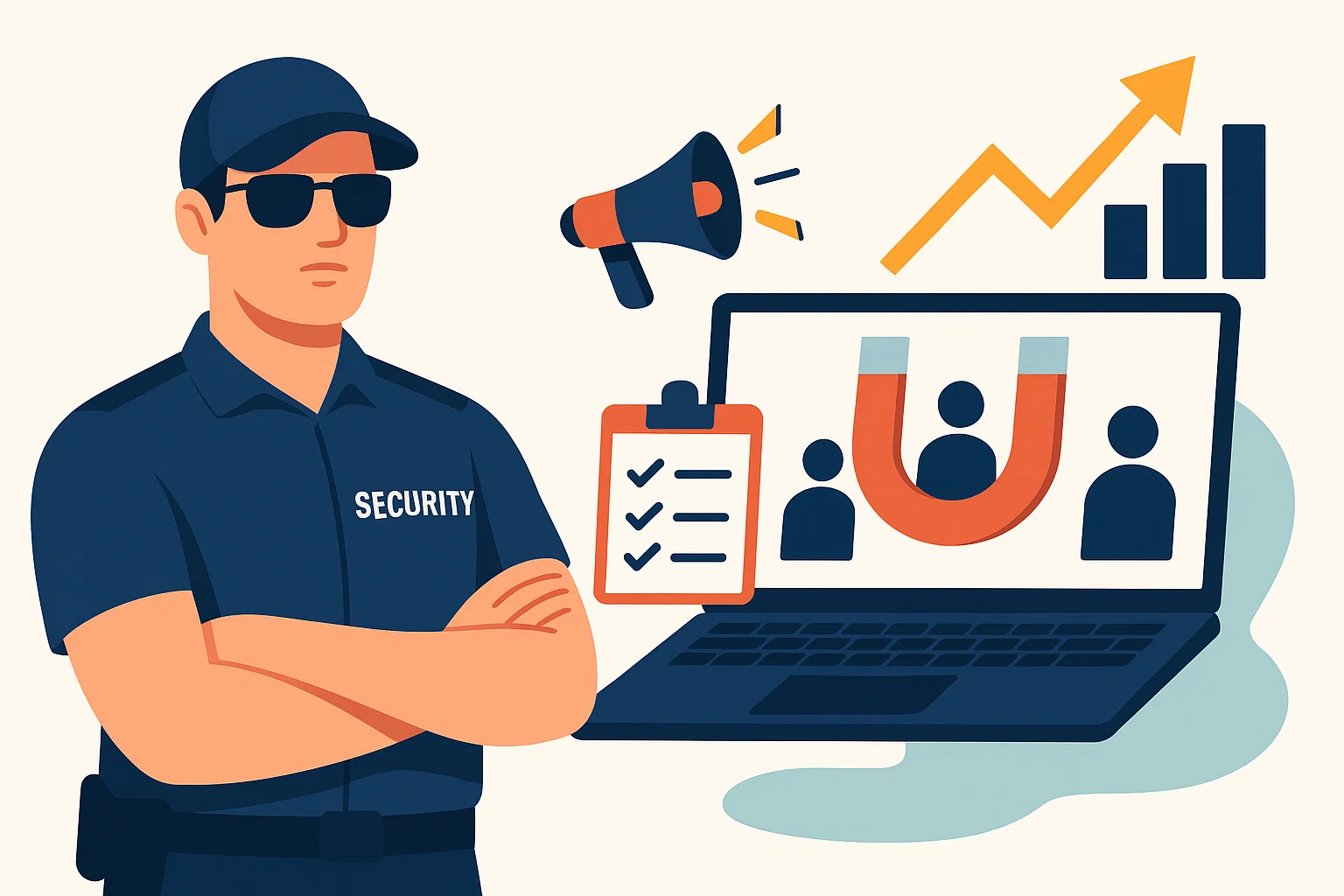With material handling, human touch is still the most important. You are selling warehouse automation, industrial racking systems, or packing equipment, but nothing substitutes for a site visit. You watch the operation take place, ask the right questions, and tailor your solution to the real-world layout and flow of a building.
But how do you keep on scheduling those on-site meetings with genuine prospects? Trade shows are capricious, referrals are labor-intensive, and passive inbound only gets you so far.
That’s where cold calling for material handling is a strategic advantage.
If executed with the right message and targeted correctly, cold calling is not cold. It’s the start of a money-generating conversation. It provides you with the opportunity to put cost-saving solutions, productivity improvements, and measurable ROI in front of those who need them most, plant managers, engineering directors, warehouse managers, and ops VPs.
This piece walks you through crafting cold calls for the material handling market, what to say, how to set up your ask, and handling objections. We’ll even offer call scripts that utilize ROI, safety returns, and throughput gains, opening language. Lastly, we’ll show you how to lead your people through a Cold-Call Workshop so you can deploy this.
Contents
- 1 Why Cold Calling is Still Effective for Material Handling Leads
- 2 Before You Call: Lay the Groundwork
- 3 Calling Structure: Cold Calling Script Template
- 4 Cold Call Scripts for Common Material Handling Scenarios
- 5 Objection Handling: Brief, Remain in Command
- 6 Timing Your Calls: Tie Up with Plant Reality
- 7 Follow-Up Strategy: Make One Call into a Conversation
- 8 Who Should You Call? Lead Types That Convert
- 9 The Goal Is the Visit, Not the Sale
- 10 Let’s Make Your Cold Calls Count
Why Cold Calling is Still Effective for Material Handling Leads
The material handling industry is a world of uptime. Operation managers don’t have time to browse content or twiddle their thumbs waiting for vendor offers. If they’re experiencing inefficiency or distressing around throughput, labor, or floor space, they’re likely looking for answers today.
But they won’t always find their way to you.
Outbound cold calling is your opportunity to catch a purchaser at the moment, when the issue is fresh and your solution is current. It’s not harassment with sales messages. It’s a timely, clear discussion that puts your solution adjacent to real operations problems.
An effective cold call in this space does three things:
- Positions your call around ROI or cost savings
- Acknowledges plant realities (shift time, time constraints)
- Requests to see the site and learn more in an unobtrusive manner
Before You Call: Lay the Groundwork
Preparation makes all the difference between a “Not interested” and a “Sure, let’s talk.” Before calling, know:
- The underlying business of the company. Are they a 3PL? A frozen food distributor? A regional manufacturing plant?
- Facility size and floor layout (if open to the public). Larger square footage means more room for redesign of storage or automation.
- Assumed pain points. These could be labor availability, seasonal demand, or equipment obsolescence, depending on the vertical.
- Decision-maker titles. Most often in this industry, it’s Plant Manager, Warehouse Manager, VP Operations, or Facilities Engineer.
Utilize tools like LinkedIn, company websites, press releases, and industry directories to extract contacts and establish context before calling.
Calling Structure: Cold Calling Script Template
Following is a straightforward call structure that works well for cold calling material handling leads:
1. Short Introduction
Be concise. Be respectful of their time.
“Hello [Name], this is [Your Name] with [Company]. I know you weren’t expecting my call, do you have 30 seconds?”
This gives them the politeness of preference while setting a low-friction tone.
2. Set Relevance
Connect what you do to what matters to them.
“We work with factories and distribution centers in [their region] to reduce bottlenecks and labor stress with upgraded material handling systems.”
Or more bluntly:
“I work with facilities like yours to lower costs by upgrading outdated palletizing and storage systems. Just wanted to see if that’s something you’re exploring this year.”
This makes it about them, not your product features.
3. Insert ROI or Cost-Saving Hook
Anchor the conversation in metrics that matter.
“Most of the plants we serve experience a 20 to 30% boost in throughput and labor productivity after retrofits of aging conveyor lines. That is cash in hand.”
Or:
“We recently helped a packaging plant cut changeover time by 40% using an automated system upgrade. That saved them over 200 hours of labor each quarter.”
Make it real. Make it credible.
4. The Ask: Site Visit Setup
Now comes the conversion.
“Following up to see if it’s something that we could make sense of installing a 20-minute walk-through of your site with one of our reps so we can get a read on your layout and give some feedback specific to your facility.”
Or:
“We have the space next Tuesday and Thursday and are visiting some other facilities, would we make sense to visit yours as well so we can discuss what you’re working on?”
You’re not selling the whole solution over the phone. You’re selling the follow-up, a conversation or visit.
Cold Call Scripts for Common Material Handling Scenarios
Script 1: Automation for Labor-Intensive Tasks
“Hi [Name], it’s [Rep] from [Company]. I know you weren’t expecting me, can you spare 30 seconds?
We help operations groups in [industry] reduce reliance on labor through the retrofitting of existing handling systems. A facility we recently assisted added 28% throughput without adding headcount.
Are you currently evaluating any process enhancements, or do you have labor cost pressure concerns right now?”
If they answer in the affirmative:
“Got it. Would it make sense to schedule a walkthrough next week? We’d just want to get a look at your floor setup and see if there’s room for cost savings. Tuesday or Thursday better?”
Script 2: Targeting Seasonal Peak Pain
“Hi [Name], this is [Your Name] with [Company]. We help DCs and manufacturers get ready for Q4 peak with material flow optimization. We did this with a fulfillment center last year, enabling them to reduce staging congestion by 35% and handle 18% more volume without adding floor space.
Are you already gearing up for end-of-year spikes, or is that still out there?”
If interested:
“Great. Let’s schedule a 20-minute tour, we’ll measure layout efficiency and present a couple of benchmarks from similar facilities.”
Script 3: Safety and Compliance Viewpoint
“Hi [Name], I’m with [Company]. We’re experts at ergonomic lifting and storage products that reduce strain and OSHA incidents.
We recently helped a manufacturer reduce reportable incidents by 40% when they converted manual lift zones to ergonomic pallet positioners.
Curious, are you seeing any spike in near-misses or injuries lately?”
Objection Handling: Brief, Remain in Command
Cold calling isn’t merely selling your pitch. It’s professionally handling resistance.
“We’re all set.”
“No problem at all. Many of our clients felt the same way until they appreciated how much they could save. May we take a quick look next week? Just informational.”
“Send me something.”
“Happy to give information, but it’s more valuable when we understand your layout and challenges. Can we do a 20-minute walkthrough first?”
“We don’t have budget right now.”
“That’s exactly why a walkthrough makes sense. We help facilities plan upgrades sequentially on ROI. Would it be harming to come up with some ideas in the meantime?”
The goal is to get back to value, not push.
Timing Your Calls: Tie Up with Plant Reality
Material handling buyers are not sitting at a desk waiting for the phone to ring. They’re walking the floors, juggling people, fixing equipment.
Time your calls accordingly:
- Pre-shift (7:00–8:00 AM): Plant managers will review email and get ready before the day is in full swing.
- Mid-morning (10:00–11:00 AM): Once morning rush subsides, there’s normally a time slot for quick conversations.
- Post-lunch (1:30–2:30 PM): Afternoon lulls or planning blocks.
Steer clear of end-of-shift or shift change times. And, if at all possible, never call within known maintenance windows.
Follow-Up Strategy: Make One Call into a Conversation
Even when you get a “maybe,” the real win is in follow-up. That is where most reps fail.
The following is an effortless cadence that works:
- Call + Voicemail
- Same-day email referencing the call and asking for two times to set up a walkthrough
- WordPress connection request (refer to the call briefly)
- 48-hour follow-up call
- Email with case study or ROI example
When your follow-up is courteous and to the point, you increase the likelihood of a yes, without stalking.
Who Should You Call? Lead Types That Convert
Not everyone is gold for cold-calling. Focus your efforts on:
- Facilities with 100+ employees
- Industrial sites near logistics centers
- Companies in expansion mode or takeover
- Plants constructed more than 10 years ago (perhaps using systems approaching obsolescence)
- Companies that are hiring for warehouse or ops roles, signal business expansion
Make use of LinkedIn, data software like ZoomInfo, or NAICS searches to make your prospect lists. The more targeted you are, the better your cold call will be.
The Goal Is the Visit, Not the Sale
Remember, the call need not end in a sale. It merely needs to end in a meeting.
By associating your message with ROI, labor efficiency, and layout optimization, you’re not selling them equipment. You’re selling them an idea of how to do it better.
When they let you on their property, your salespeople can do what they do best, listen, assess, and offer a solution they’ll want to buy.
Let’s Make Your Cold Calls Count
If you require improvement to your cold-calling process, script execution, or rep confidence, it’s likely time to scale the process. That’s where we come in.
We at Abstrakt help material handling companies train and equip their representatives with winning cold-calling models, which schedule real appointments with real buyers. In our Cold-Call Workshop, we:
- Develop tailor-made scripts for your products and industries
- Train SDRs and AEs in objection handling, delivery, and call flow
- Enact call follow-up and tracking automation
- Align outreach with CRM technology for greater pipeline visibility
Cold-calling is not dead, it’s under-trained. We’ll show you how to make it work, starting with your next campaign.

Madison Hendrix
Madison has worked in SEO and content writing at Abstrakt for over 5 years and has become a certified lead generation expert through her hours upon hours of research to identify the best possible strategies for companies to grow within our niche industry target audiences. An early adopter of AIO (A.I. Optimization) with many organic search accolades - she brings a unique level of expertise to Abstrakt providing helpful info to all of our core audiences.
- Madison Hendrix#molongui-disabled-link
- Madison Hendrix#molongui-disabled-link
- Madison Hendrix#molongui-disabled-link
- Madison Hendrix#molongui-disabled-link
